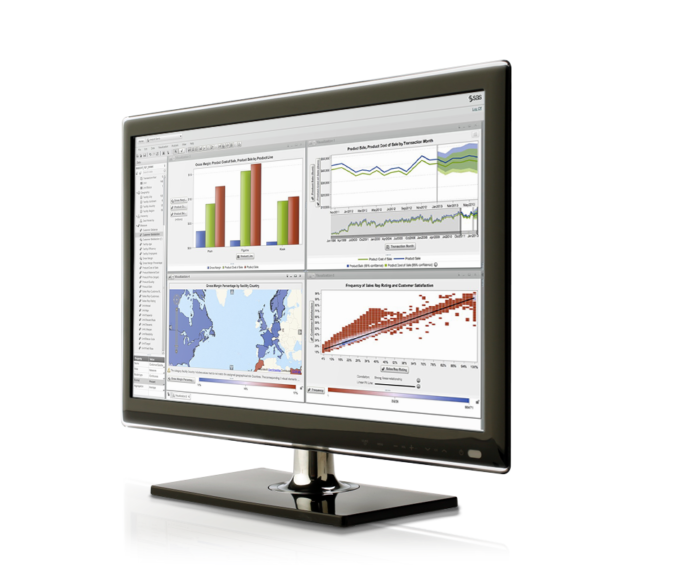European Patent Office and SAS Reporting
The European Patent Office (EPO) is optimising its processes with SAS Reporting by moving from paper dossiers and the intranet to a centralised framework. With this intelligent reporting transition, the EPO is transforming itself into a digital and open authority.
The European Patent Office (EPO) promotes innovation, competitiveness and economic growth across Europe through innovative SAS reporting. This creates a new kind of quality and efficiency. More than 160,000 patent applications for inventions from all over the world are received by the authority every year. In the three to five years it takes to examine, grant and withdraw an application, dozens of transactions are recorded:
Every source reference, report and correspondence must be linked to the right file and placed in the right process so that this information can be further processed with the business intelligence (BI) systems. With a smart reporting transformation, the EPO is now becoming a digital authority. With the Landing Page (LP) reporting framework, built on the existing SAS Business Intelligence platform, staff have visibility into all aspects of the patent search, publication, examination and approval processes, and can review and approve indicators. Finally, time is also reduced.

A question of time
The pace of innovation is accelerating. Accordingly, applicants to the EPO expect the rapid production of meaningful, reliable search reports for their inventions - and fast enough to make other important business decisions. The EPO is responding to these demands by streamlining its processes, so that the time required for search reports and patent grant decisions is reduced.
The time to deliver searches has already been reduced to six months, and review times should continue to reduce dramatically over the next three years. The challenge for the BI environment is to strictly meet deadlines, provide effective workload management monitoring, and generally keep up with the rapid changes in processes. The landing page framework and its agile BI component were developed using SAS technology. A simple drilldown report that used to take six months to produce is now accessible online within two hours.
"With SAS, our reporting has become agile, accessible to everyone and strategically underpinned," says Yvan de la Fuente, Head of Application Management at the EPO, summarising the benefits of the project. "Make it simple - that was and is the most important motto for the landing page project. We made complex changes in three months rather than years, and simple reports can now be created in two hours. SAS solutions made this possible."
User interactivity
"With the conversion of the reporting system, the EPO has taken an important step further towards becoming a digital authority," adds Wolfgang Schwab, Senior Customer Account Executive at SAS. "What many companies have not yet implemented - the digitalization and thus optimization of their processes - has already been successfully carried out here."
The EPO landing page framework comprises around 75 different reports and data services. So far, 4,600 internal users regularly access it. By the end of 2016, more than two million clicks had been achieved. And the end of the line for the use of SAS has not been reached by a long shot. After the successful introduction, the system is to be further developed, for example by increasing user interactivity with the SAS reporting infrastructure through the SAS Share functionality or through a higher degree of self-service BI.
When CEPOL has completely replaced its paper files with e-files, the prerequisite for seamless reporting with digital files will have been created.
You can find more information under www.sas.com/ch









